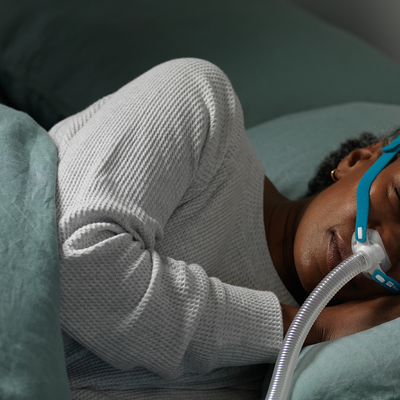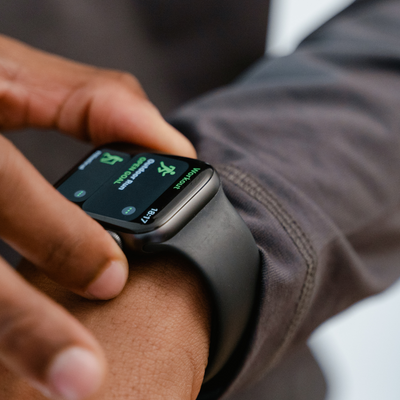Recent studies indicate a link between obstructive sleep apnea (OSA) and the way your brain's neurological function is impacted.
The two have shown significant deficits in executive functions, attention and memory loss over extended periods of time. As a consequence of OSA, decreased blood oxygen and conscious or unconscious actions can occur during the night. The effects can be categorized as intermittent hypoxia “deficiency in the amount of oxygen reaching the tissues” thus impact how one functions during the day at work, home or school.
Executive Function:
Executive function is the control of cognitive processes, including working memory, reasoning, task flexibility, problem solving, planning, and execution. Deficits in executive function in adults with OSA are mostly related to working memory, but also to phonological fluency, cognitive flexibility, and planning.
Attention:
Several studies have demonstrated that OSA patients show impairments in sustained, selective, and divided attention (Bucks et al. 2013; Gagnon et al. 2014). It has been suggested that these vigilance and attention deficits could influence and worsen other aspects of cognitive deficits in OSA, such as executive functioning and memory impairments.
Memory Loss:
Twigg et al. (2010) reported that OSA is associated with an impairment in verbal, but not visual memory. This contrasts with the meta-analysis conducted by Beebe et al. (2003), who found no significant effect of OSA on verbal immediate recall and verbal long-term memory. Moreover, Naëgelé et al. (2006) investigated three separate memory systems (verbal episodic, procedural, and working) and found OSA patients exhibited a decreased performance in procedural memory and an impairment of specific working memory capabilities.
In conclusion, the information is clear that (OSA) symptoms significantly overlap and if untreated can lead to serious decline in cognitive function or permanent brain damage. Further studies are needed to truly connect an effective disorder and (OSA) within the context of how to apply CPAP therapy.
——
Sources:



















